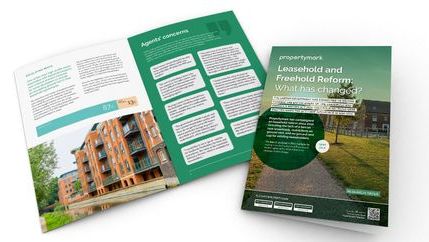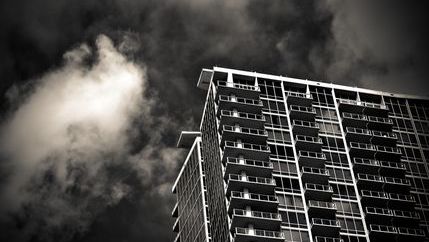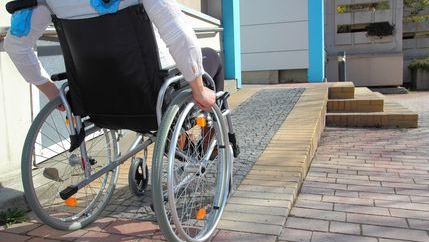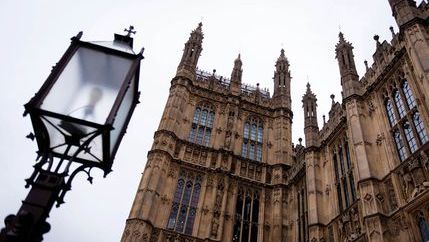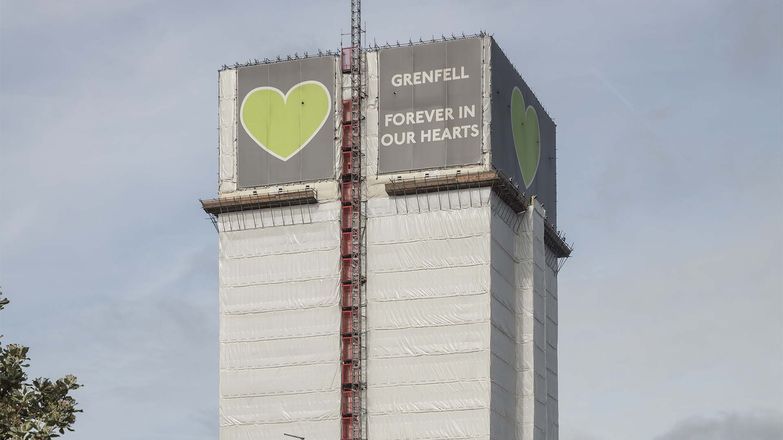
The Committee says the Ministry for Housing, Communities and Local Government (MHCLG, formerly DLUHC) has not made enough progress to identify and fix the estimated 9,000 to 12,000 buildings over 11 metres that may need work. At the end of 2024, work had not yet started on half of the 5,000 buildings already within the UK Government’s portfolio, and up to 7,000 buildings may still be unidentified.
Propertymark research and campaigning
We have consistently called for greater transparency, faster progress on cladding remediation, and more support for agents, leaseholders, and residents affected by unsafe buildings. In our 2023 report, Leasehold and Freehold Reform: What has changed? we raised concerns about the impact of building safety costs and delays on our members and their clients. We have also warned of the risks to the wider housing market if these issues remain unresolved.
Leasehold and Freehold Reform: what has changed?
The Labour Government has committed to driving forward the enforcement of the Leasehold and Freehold Reform Act 2024. Propertymark has campaigned on leasehold reform since 2017, including the lack of a ban on new leaseholds, restrictions on ground rent, and no ground rent cap for existing leaseholders. This research, produced in 2023, highlights the ongoing issues and sentiments of Propertymark Member agents and is still prevalent in our campaign to drive change.
There is an urgent need for the UK Government to set clear targets, speed up remediation, support affected residents, and make those responsible for dangerous cladding contribute to the cost of making homes safe.
Ongoing impact on residents
The human cost of the crisis remains severe. Many leaseholders are still, trapped in homes they can’t sell, paying thousands of pounds in insurance premiums, waking watches, and other safety measures. The Committee slammed MHCLG’s failure to deliver a promised formal dispute resolution process and flagged poor resident communication and transparency.
Insistence on higher cladding standards is delaying sales
Propertymark has written to Housing Minister Lee Rowley, MP, to highlight a growing trend for insurers to decline or charge more for cover on properties that have been remediated within the funding limits provided by the UK Government, leading to more costs for hard-pressed leaseholders.
The current risk-based approach (PAS 9980), which allows some combustible materials to remain if the risk to life is considered low, has not convinced insurers to reduce premiums. The Association of British Insurers warned that unless the UK Government adopts standards that prioritise the protection of property as well as lives insurance may remain unaffordable—even after works are completed.
Knock-on effects on housebuilding
The Committee warns that the remediation programme risks undermining the UK Government’s target to build 1.5 million new homes by the end of this Parliament. Housing associations, especially in London, have reported a 90 per cent drop in new starts due to funds being diverted to remediation. The Building Safety Levy could also impact the viability of new developments, including affordable housing.
Call for legislative action and industry accountability
MPs are calling for stronger enforcement powers and new laws to compel freeholders and landlords to act. They also criticised the failure to secure financial contributions from product manufacturers responsible for unsafe materials, a key promise made in the wake of Grenfell.
The report also highlights a lack of skilled workers, enforcement staff, and building control capacity, with approvals from the Building Safety Regulator reportedly taking four to five times longer than the 12-week target.
Rising costs and long delays
Originally expected to cost £600 million, the cladding remediation programme is now forecast to cost between £12.6 billion and £22.4 billion, split between the public and private sectors. The UK Government has capped taxpayer contributions at £5.1 billion and plans to recover any additional public spending through the forthcoming Building Safety Levy on developers.
However, the Committee expressed concern that the already delayed Levy may need to run longer than anticipated. Since the report was published, Deputy Prime Minister Angela Rayner has confirmed that the implementation of the Building Safety Levy will be pushed back by a year to April 2026, further delaying efforts to recoup public funding and potentially putting more pressure on the taxpayer in the short term.
Despite this, the Committee warned that remediation timelines lack ambition. The Government’s Remediation Acceleration Plan sets a target of 2029 for all high-rise buildings to be completed — but many projects may not even have started by then. In some cases, remediation may stretch to 2035.

